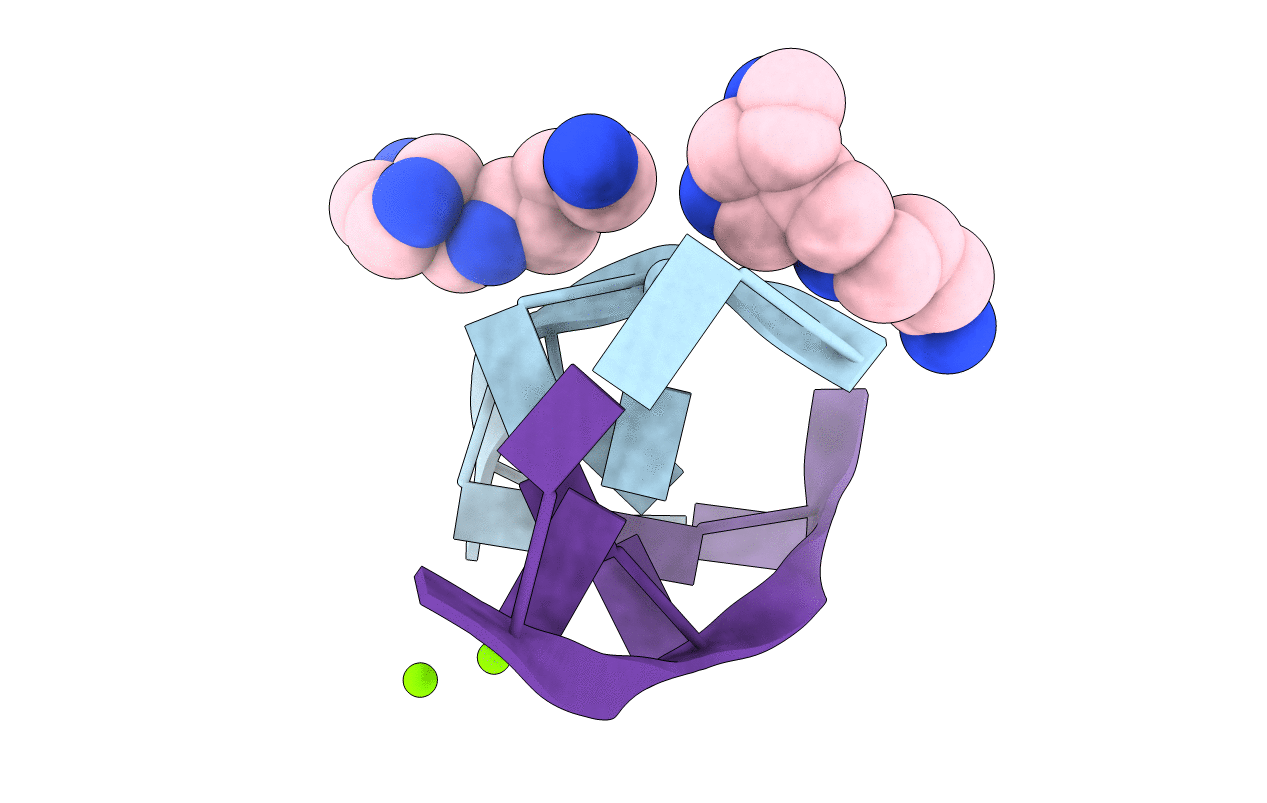
Deposition Date
1997-06-24
Release Date
1998-04-10
Last Version Date
2024-02-21
Entry Detail
PDB ID:
336D
Keywords:
Title:
INTERACTION BETWEEN LEFT-HANDED Z-DNA AND POLYAMINE-3 THE CRYSTAL STRUCTURE OF THE D(CG)3 AND THERMOSPERMINE COMPLEX
Biological Source:
Source Organism:
Method Details:
Experimental Method:
Resolution:
1.00 Å
R-Value Work:
0.19
R-Value Observed:
0.19
Space Group:
P 21 21 21


